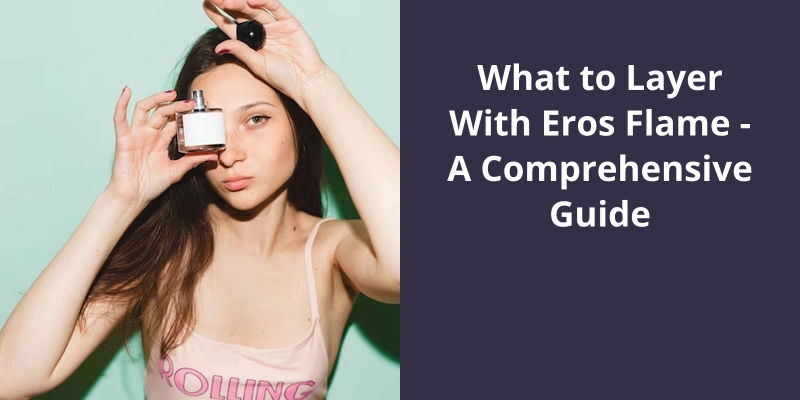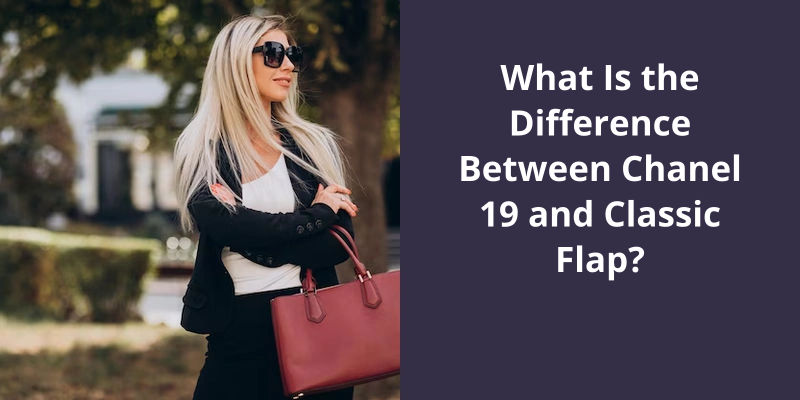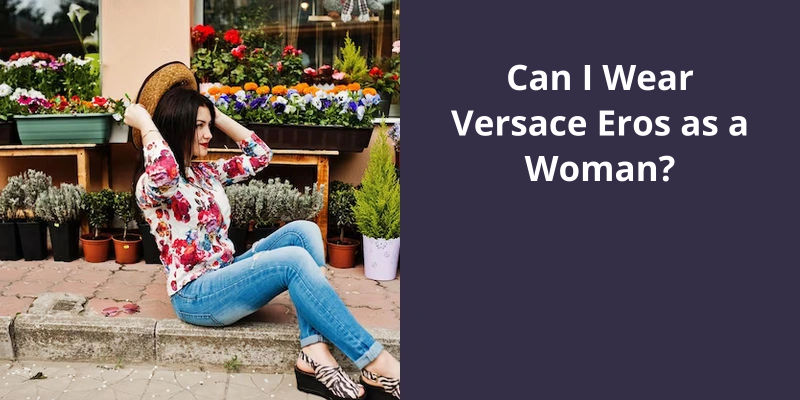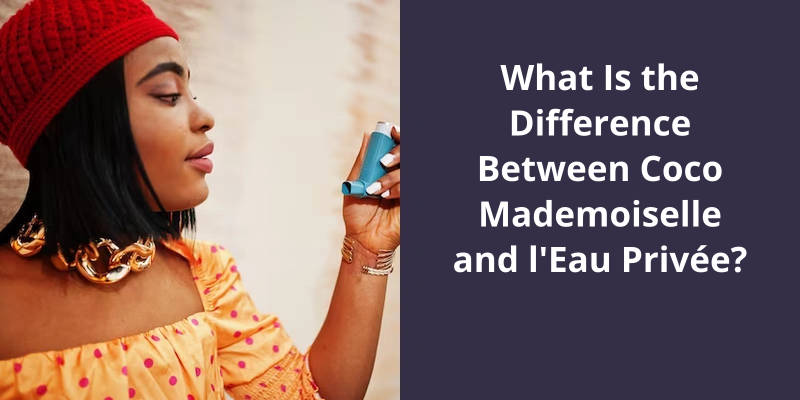Identifying the difference between a fake and real Biore UV Sunscreen involves various factors. The initial step is to check the product packaging; a real Biore sunscreen package is neat with clear, properly aligned prints, while a fake one may have irregular prints or typo errors. The next is the condition of the sunscreen. Authentic Biore sunscreens have a milky, smooth consistency and transparent color. Counterfeit products may have a thick and creamy consistency with a white color. Lastly, observe the smell. The real Biore UV sunscreen has a faint cosmetic smell, but fakes may have a strong chemical aroma. Always buy from reputable stores to ensure the authenticity of the product.
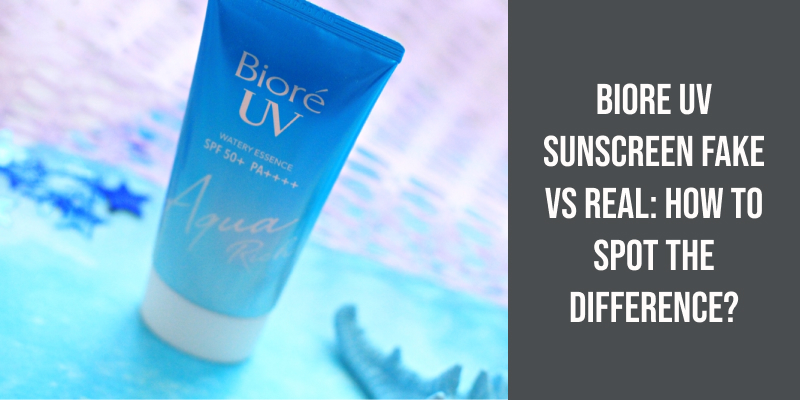
To spot the difference between a fake and a genuine Biore UV sunscreen, consider the following tips:
- Purchase from Reputable Retailers: Buy Biore UV sunscreens from authorized and reputable retailers, either online or in physical stores. Avoid purchasing from unknown or suspicious sources, as they are more likely to sell counterfeit products.
- Packaging and Labeling: Carefully examine the packaging and labeling of the sunscreen. Look for any spelling errors, misaligned logos, or inconsistencies in font and color. Genuine Biore products typically have high-quality packaging with clear and accurate labeling.
- Barcode and Batch Code: Check the barcode and batch code on the packaging. Compare it to the information provided on the official Biore website or contact the manufacturer to verify the authenticity.
- Product Information: Compare the product information, such as the ingredient list and product details, to what is provided on the official Biore website. Counterfeit products may have different or missing ingredients.
- Texture and Smell: If you have used genuine Biore UV sunscreen before, pay attention to the texture and smell of the product. Counterfeit versions may have a different texture or an unusual smell.
- Price: If the price seems too good to be true or significantly lower than the market price, it could be a red flag for a fake product.
- Seals and Tamper-Proof Features: Look for any seals or tamper-proof features on the packaging. Genuine Biore products often have seals to ensure they have not been opened or tampered with.
- Reviews and Feedback: Check customer reviews and feedback from other buyers who have purchased the same product from the same seller. If there are numerous complaints about fake products, it’s best to avoid that seller.
If you suspect that you have purchased a fake Biore UV sunscreen, do not use it on your skin. Counterfeit products may not meet safety and quality standards, and using them could potentially harm your skin or health. If you have any doubts about the authenticity of a product, contact the manufacturer or reach out to the official Biore customer service for assistance.
What Does Biore UV Sunscreen Do?
Biorés UV Aqua Rich Watery Essence Sunscreen is a highly effective sun protection product that provides a range of benefits to the user. One of the key features of this sunscreen is it’s ability to protect against the damaging effects of UV rays. The product contains a powerful blend of active ingredients that work together to shield the skin from the suns harmful rays, which can cause a range of issues, from sunburn and premature aging to skin cancer.
In addition to it’s sun protection properties, the Bioré UV sunscreen is also known for it’s hydrating properties. The product contains glycerin and hyaluronic acid, both of which are highly effective at hydrating and moisturizing the skin. This is particularly important in hot, dry weather when the skin can quickly become dehydrated and dry, causing discomfort and sometimes, health issues.
Another key benefit of this sunscreen is it’s water and sweat resistance. This means that it can be used during activities where the skin is likely to be exposed to water or sweat, such as swimming or exercise. The product has been tested to be water and sweat resistant for up to 80 minutes, thereby providing long-lasting protection and ensuring that the user doesn’t have to reapply the product frequently.
Finally, the Bioré UV sunscreen is also highly affordable, making it accessible to a wide range of users. Despite it’s highly effective blend of active ingredients and it’s advanced sun protection properties, the product is priced competitively, making it an excellent choice for those who want high-quality sun protection without breaking the bank.
Now that we know about the great features of Biore UV Aqua Rich Watery Essence, it’s time to explore more about the brand behind it. Who exactly manufactures this fantastic product? Let’s find out.
Who Manufactures Bioré UV?
The Kao Corporation is a Japanese multinational consumer goods and chemical company with it’s headquarters in Tokyo, Japan. The company began as a small domestic soap company in 1887, but today, it owns and operates numerous brands in various categories, including beauty and personal care, home care, and chemical products. One of the companys most popular beauty and personal care products is the Biore UV Aqua Rich Watery Essence sunscreen.
This sunscreen is specially designed for those who want to stay protected from the suns harmful rays without the sticky and heavy feeling usually associated with conventional sunscreens. The product is available in several different forms, including a milk version, a gel version, and a spray version.
These natural ingredients help to minimize the appearance of fine lines and wrinkles while moisturizing and nourishing the skin. Additionally, the sunscreen is water-resistant, meaning that it’s protection lasts even after exposure to water or sweat.
Kao Corporation has been committed to producing high-quality and innovative products for over a century. The company is always striving to improve the quality of it’s products by using the latest technologies and conducting extensive research and development.
The Specific Ingredients Used in Bioré UV Aqua Rich Watery Essence Sunscreen and How They Benefit the Skin
- Water
- Butylene Glycol – humectant that hydrates and softens skin
- Dimethicone – conditioning and lubricating agent that prevents water loss
- Polysilicone-15 – UV-absorbing agent that protects skin from sun damage
- PEG-10 Dimethicone – emollient that smooths and softens skin
- Xylitol – humectant that helps to keep skin hydrated and moisturized
- Sodium Hyaluronate – hydrating agent that retains skin’s moisture levels
While Biore sunscreen is a chemical approach to sun protection, dermatologists assure that it’s just as effective as the physical alternatives. Additionally, Japan’s commitment to strict cosmetic safety regulations can give consumers peace of mind when choosing Biore. However, some may still wonder about the safety of Biore sunscreen and whether it’s truly safe for daily use.
Is Biore Sunscreen Safe?
That being said, some people may still have concerns about the safety of using Biore sunscreen. One common concern is the use of chemical ingredients, such as oxybenzone and avobenzone, which have been linked to hormone disruption and other health issues. However, it’s important to note that the concentrations of these chemicals in sunscreen products are generally very low, and studies have found that they’re safe for use in sunscreen.
Like all skincare products, sunscreen can cause reactions in some people, especially those with sensitive skin. However, Biore sunscreen is formulated to be gentle and non-irritating, and many people find it to be a great option for daily sun protection.
It offers broad-spectrum protection against both UVA and UVB rays, and it’s lightweight, non-greasy formula makes it easy to wear under makeup or on it’s own. And because it’s water-resistant, it’s a great choice for outdoor activities or sports.
If youre concerned about the safety of chemical ingredients, you may prefer a mineral sunscreen instead. And with it’s affordable price point and easy availability, it’s a great choice for anyone who wants to keep their skin protected from harmful UV rays. So whether youre lounging by the pool or hitting the beach, make sure to slather on some Biore sunscreen to keep your skin healthy and safe.
Alternatives to Biore Sunscreen That Are Also Affordable and Effective
- Coppertone Sport Sunscreen
- Neutrogena Ultra Sheer Dry-Touch Sunscreen
- Hawaiian Tropic Silk Hydration Sunscreen
- Banana Boat Ultra Sport Sunscreen
- Aveeno Protect + Hydrate Sunscreen
- La Roche-Posay Anthelios Sunscreen
- EltaMD UV Clear Facial Sunscreen
- Blue Lizard Australian Sunscreen
Now that we’ve discussed the benefits of Biore UV Perfect Face Milk with SPF 50+ PA+++, it’s important to dive deeper into it’s effectiveness in preventing tanning. Many people mistakenly believe that wearing sunscreen alone is enough to prevent tanning, but not all sunscreens are created equal. So, let’s explore whether Biore is effective in reducing tanning caused by sun exposure.
Does Biore Prevent Tanning?
When it comes to sun exposure, it can be quite tough to strike a balance between enjoying the sun and protecting your skin from the harmful effects of UV rays. While getting a tan may seem like a desirable outcome, prolonged exposure to the sun can cause your skin to turn red, burn, or even peel. This is where sunscreen products such as Biore UV Perfect Face Milk with SPF 50+ PA+++ come in handy.
One of the main benefits of using Biore UV Perfect Face Milk is that it helps to reduce tanning by shielding your skin from harmful UV rays that cause your skin to tan. By applying this sunscreen product, you can safely enjoy sun exposure without worrying about getting a tan that may lead to skin damage in the long run.
This makes it convenient to reapply throughout the day, especially if you’re out and about on a sunny day. Simply take out the bottle, apply the product, and put it back in your purse for convenient use.
This is a common issue with many sunscreens that can leave behind a white, chalky residue that’s often difficult to blend in with your skin tone. However, this product is specially formulated to prevent this issue, resulting in a more even and natural look post-application.
With it’s easy-to-use format, pleasant fragrance, and effective results, it’s become a favorite for many skincare enthusiasts who want to keep their skin looking healthy and well-protected. So why not try it for yourself and see just how amazing it can be for your skin?
The Environmental Impact of Sunscreen and How to Choose Eco-Friendly Options
- Choose mineral-based sunscreens instead of chemical-based ones.
- Look for sunscreens with ingredients like zinc oxide and titanium dioxide.
- Avoid sunscreens with oxybenzone, octinoxate, and other harmful chemicals.
- Choose sunscreens that are labeled “reef-safe” or “ocean-friendly.”
- Consider sunscreens with biodegradable packaging.
- Wear protective clothing and limit sun exposure to reduce the need for sunscreen.
- Dispose of sunscreen properly and don’t dump it into water sources.
Now that we’ve discussed the basics of sunscreen and the importance of sun protection, let’s focus on a particular sunblock that’s been generating a lot of buzz in the beauty community. You may have heard of Biore’s UV Perfect Protect Milk SPF 50+ PA+++ with the yellow bottle. However, some are curious as to why the sunscreen appears yellow. Let’s find out if the color has anything to do with it’s effectiveness in shielding us from harmful UV rays.
Is Biore Sunscreen Yellow?
When it comes to sun protection, there are so many options available in the market. However, Biore UV Perfect Protect Milk SPF 50+ PA+++ (Yellow Bottle) has gained immense popularity recently. One of the most frequent questions asked about this sunscreen is whether it’s yellow or not. The answer is, yes, it’s yellow.
The yellow color of the Biore sunscreen is due to the addition of chemical sun filters in the formula. The formula includes a combination of physical and chemical sun filters to offer broad-spectrum protection from harmful UVA and UVB rays.
The sunscreen milk is suitable for all skin types, including sensitive skin. It’s hydrating properties make it an ideal choice for everyday use. It also acts as a makeup base and can be easily incorporated into your daily skincare routine.
The key ingredients of the Biore sunscreen milk include hyaluronic acid, royal jelly extract, and citrus extract. Hyaluronic acid helps to retain the moisture level of the skin, which keeps it hydrated and plump. Royal jelly extract is known for it’s anti-aging benefits and helps to minimize the appearance of fine lines and wrinkles. Citrus extract has antioxidant properties that protect the skin from environmental stressors.
Many users have reported that the sunscreen is effective in preventing tanning and sunburns. People who regularly use this product have also noticed an improvement in their skins texture and hydration level.
How to Apply Biore Sunscreen Milk Correctly
To apply Biore sunscreen milk correctly, first shake the bottle well and take an appropriate amount on your palm. Apply the sunscreen all over your face and body, and gently blend it in with your fingers. Make sure to apply it evenly and generously. Reapply every two hours or after swimming or perspiring heavily.
Source: Biore UV Perfect Protect Milk SPF 50+ PA+++ (Yellow Bottle …
Now that we understand the level of protection that Bioré sunscreens offer against harmful UV rays, it’s important to understand the types of sunscreen they offer. There’s often confusion surrounding the difference between chemical and mineral sunscreens and which one might be better for your skin. In the case of Bioré, they offer both chemical and hybrid chemical & mineral sunscreens, each with their own unique benefits.
Is Bioré a Chemical or Mineral Sunscreen?
The debate about chemical versus mineral sunscreen has been going on for some time now. While some prefer chemical ones because they’re easier to apply and don’t leave a white cast, others are switching to mineral ones because of their natural ingredients. Bioré has added to the confusion by offering two different types of sunscreens – the watery essence and the watery gel.
The watery essence is a chemical sunscreen that’s formulated with synthetic chemicals such as avobenzone, octinoxate, and octocrylene. These ingredients work by absorbing UV rays and converting them into heat. Some people may be allergic to these chemicals, so it’s important to do a patch test before using this sunscreen. It’s easy to apply and gets absorbed quickly without leaving any residue.
On the other hand, the watery gel is a hybrid sunscreen that contains both mineral and chemical ingredients. It’s a unique formula that uses mineral powders to absorb some of the UV rays and synthetic chemicals to take care of the rest. Zinc oxide and titanium dioxide are the mineral ingredients used in this sunscreen, and they work by reflecting UV rays away from the skin. This makes it an excellent option for people with sensitive skin who prefer mineral sunscreens.
Both the watery essence and the watery gel offer high levels of protection against UVB and UVA rays. They’re SPF 50+ PA++++ sunscreens which means that they provide a high level of protection against both types of rays. UVB rays are the ones responsible for sunburns, while UVA rays are responsible for long-term damage such as premature aging and skin cancer.
The main difference between the two sunscreens is their texture. The watery essence is a light, water-like texture that’s easy to apply and gets absorbed quickly. It’s perfect for those who don’t like heavy or sticky sunscreens. The watery gel, on the other hand, has a slightly heavier texture because of the mineral ingredients. However, it still feels lightweight on the skin and doesn’t leave a white cast.
Regardless of the option chosen, it’s important to use sunscreen every day to protect our skin from the harmful effects of the sun.
Conclusion
In conclusion, it’s clear that the demand for Biore UV Sunscreen products has led to a proliferation of fake vs real products in the market. While fake products may appear similar to the real ones, the differences in packaging, texture, and performance reveal their true nature. Consumers must exercise caution when purchasing Biore UV Sunscreen products and should only rely on trusted sources. Therefore, it’s essential to remain vigilant and educate oneself to avoid falling prey to counterfeit products. The best way forward is to invest in genuine Biore UV Sunscreen products, which offer superior skin protection and peace of mind.


